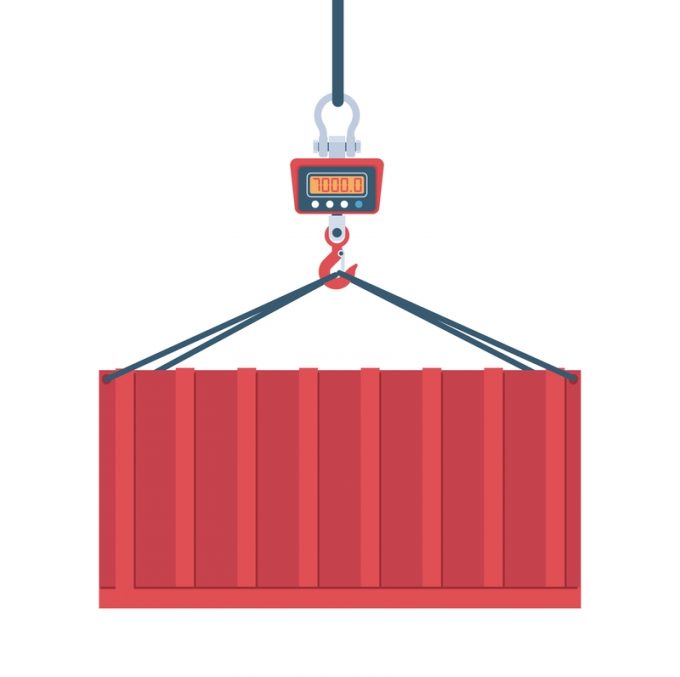CMA CGM's $20bn US pledge: all fur coat and no knickers
Is Macron at the helm?

Container carriers are dealing with widespread weight mis-declarations by shippers, refuelling long-standing ship safety hazard issues.
The modified Safety of Life at Sea (SOLAS) verified gross mass (VGM) rule was enforced in 2016 to address the problem of overweight containers, which typically causes vessel stability concerns and accidents at sea.
Sunil Vaswani, executive director of the Container Shipping Lines Association (CSLA), voiced concerns and said the problem had “very serious consequences” for the industry.
He explained that the SOLAS regulatory framework requires every ...
Asia-USEC shippers to lose 42% capacity in a surge of blanked sailings
USTR fees will lead to 'complete destabilisation' of container shipping alliances
New USTR port fees threaten shipping and global supply chains, says Cosco
Outlook for container shipping 'more uncertain now than at the onset of Covid'
Transpac container service closures mount
DHL Express suspends non-de minimis B2C parcels to US consumers
Zim ordered to pay Samsung $3.7m for 'wrongful' D&D charges
Flexport lawsuit an 'undifferentiated mass of gibberish', claims Freightmate

Comment on this article
Mike Kirkman
November 03, 2023 at 8:51 amThe easiest way to resolve the non-compliance weighing issue is earlier in the supply chain process at the packing point with portable, Bison container scales.
Matthew Gore
November 06, 2023 at 2:42 pmDisappointing to hear this on such an important safety issue for the industry. We advised widely on the implementation of this back in 2015-6 but sadly it comes down to the relevant authorities having the funding and resources to effectively ‘police’ compliance and/or for carriers and terminal operators to take a tougher stance. In the current market environment this may not be a popular option.